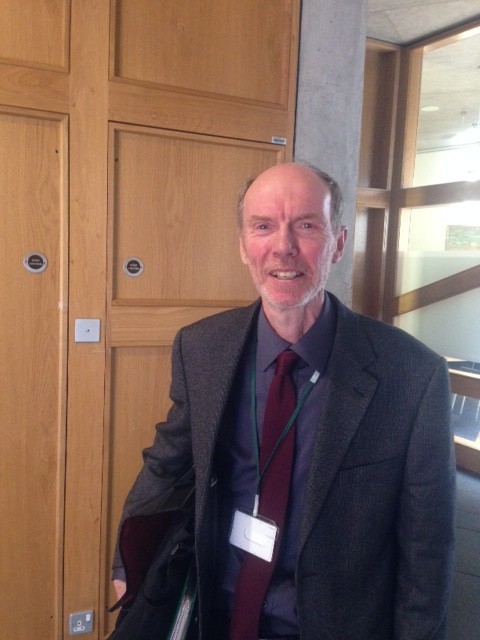An influential group of MSPs is to probe claims that one of the north’s most magnificent landscapes is being turned into a huge “industrial complex”.
Holyrood’s public petitions committee has agreed to investigate a campaign group’s concerns about the future of the Great Glen and Loch Ness and launch a wide-ranging consultation.
Members want to know if Highland Council, Scottish National Heritage (SNH), the trade body Scottish Renewables, the John Muir Trust (JMT) charity and the Scottish Government are worried that hundreds of wind turbines will ruin the natural beauty of the area and damage tourism.
They decided to act after James Treasurer – of the Friends of the Great Glen – appeared before the committee to make an emotional plea.
The Lochaber-based marine biologist said his group wanted the area designated a National Scenic Area and given World Heritage protection to safeguard it for future generations.
He told MSPs that data from the local authority and SNH showed that 500-plus turbines have been built, granted permission or are proposed within a 22-mile radius of Loch Ness.
“Our concern is the multitude of windfarm development that is being planned and in the pipeline for the Great Glen area and the Loch Ness area,” he told them.
“The distressing thing is not just the wind turbines, because these are at remote locations.
“It is going to involve hundreds of miles of pylons to connect these to the National Grid, hundreds of miles of access roads, building of substations.
“It is going to be a big industrial complex for about 30 miles on each side of the Great Glen. We are extremely concerned.”
Later Mr Treasurer, a seasoned presenter in his role as a scientist, said he enjoyed the experience at the Scottish Parliament and felt the committee gave him a “fair hearing”.
He said: “They’ve agreed to consult with the various planning bodies such as SNH, the council, JMT and others.
“In answer to the committee’s questions about tourism, I pointed out that a 20% loss of tourists, as indicated by the government’s own survey five years ago, may seem a low percentage.
“But, for the industry, that would have a huge impact.”
Highland Council’s planning chairman Thomas Prag said the local authority would assist the process “in any way it can”.
A spokesman for Scottish Renewables said: “There are incredibly rigorous planning rules in place to govern all new schemes and protect our most iconic landscapes and sensitive habitats.
“These include a blanket ban on windfarms in national scenic areas and national parks, and special procedures to assess applications for turbines in areas identified as ‘wild land’ by SNH.”
Helen McDade, of wild land charity JMT, said: “We have been raising concerns about the cumulative impact of excessive industrial-scale wind developments in the Highlands for some time.
“Scotland urgently needs a spatial energy plan and national energy commission helping the government to take account of both energy security issues, but also natural and cultural heritage issues.”
Neil Reid, of the Mountaineering Council of Scotland, said: “We hope the Friends of the Great Glen campaign is successful – but our position goes further.
“All of Scotland’s mountains and wild land require protection from inappropriate development.
“We would urge MSPs to extend increased protection nationally rather than limiting it to one specific area.”
